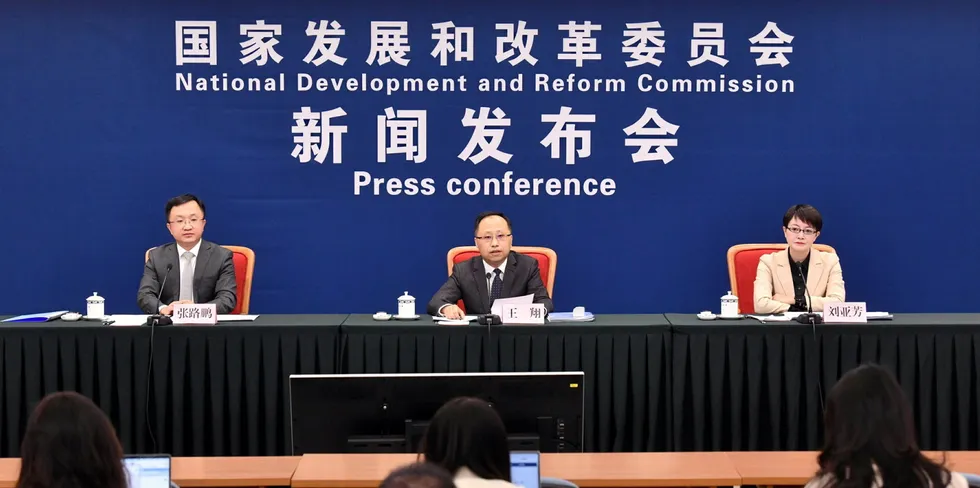China unveils national 2025 target for green hydrogen and new strategies for further H2 growth
Beijing sets target of up to 200,000 tonnes of renewable H2 by 2025, while unveiling plans to drive forward a clean hydrogen economy

Beijing sets target of up to 200,000 tonnes of renewable H2 by 2025, while unveiling plans to drive forward a clean hydrogen economy
